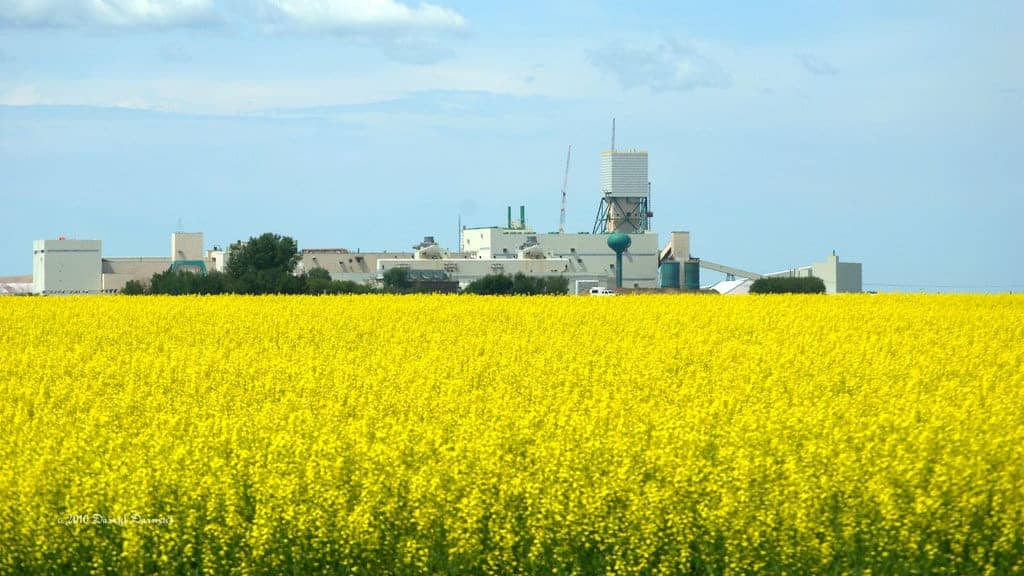Two of Canada’s largest potash firms, Potash Corporation of Saskatchewan Inc. (TSX:POT)(NYSE:POT) and Agrium Inc. (TSX:AGU)(NYSE:AGU), have both seen their share prices rise in 2017 (by 6% and 14%, respectively). While these companies have certainly not been the “home runs” other highly touted companies had last year, by taking an average of these two companies, we still come out to double-digit annual returns. That’s not too shabby at all.
The question of whether the rally has just begun for these two companies or if the party is only getting started pre-consummation of the marriage of the two potash juggernauts (the joined company will be called Nutrien and begin trading this month) remains to be seen. One thing is certain, however: while I called Potash Corp. one of my top picks for 2017, it has certainly fallen off the list for 2018 for a number of reasons.
Supply and demand fundamentals not likely to improve in 2018
In general, it is true that the commodities market remains a China-driven market; with global demand for commodities such as potash largely being driven by one or two countries (India is a big player in this space), investors will be closely watching how the Chinese and Indian governments manage financial stimulus in 2018.
Given the fact that many analysts believe commodities markets may actually be as much as 30% overvalued due to the fact that the broader commodity-related sector has been propped up by massive Chinese stimulus in recent years, right now may not be the time to bet on a resurgence in Potash Corp. (or Nutrien) this year. Potash prices have continued to decline in 2017, and the overall forecast for 2018 doesn’t look too peachy for value investors hoping for a continued rebound in this sector, as new supply is expected to hit the market in the near to mid-term.
Nutrien merger unlikely to deliver real accretive synergies immediately
While a small percentage of the promised synergies from the Potash Corp.-Agrium merger may be possible to attain in the near term (transferring production from higher-cost facilities to lower-cost operations, etc.), achieving real long-term synergies may be easier said than done for the combined entity, given the relative lack of overlap between the two operations. While the more vertically integrated firm will boast even greater potash production and benefit from improved sales channels/distribution, it is unclear whether the whole will be greater than the sum of the parts, so to speak.
With every high-impact merger comes significant uncertainty, and I’m not 100% sold on the synergy argument in this case.
Bottom line
Nutrien is an interesting long-term play for investors looking to ramp up exposure to commodities; that said, better options in the commodities space exist that may provide greater upside in the near to medium term than Nutrien.
Stay Foolish, my friends.









